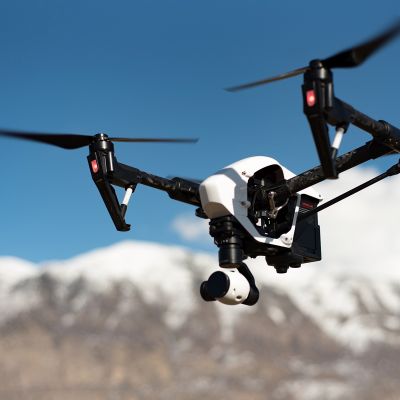Cranfield University is launching a period of targeted engagement to gather feedback for a temporary airspace change proposal to develop the National Beyond visual line of sight Experimentation Corridor (NBEC).
NBEC is an unmanned aerial vehicle (UAV) development corridor extending from Cranfield Airport’s air traffic zone towards Oakley, Bedfordshire, and UAV operations to develop the corridor are proposed to run from 1 July to 30 September 2021.
The flights will facilitate wider UAV research at Cranfield and feed into civil aviation projects that benefit society such as drone deliveries of medical supplies and disaster relief support.
Professor Graham Braithwaite, Director of Transport Systems, Cranfield University, said: “NBEC provides a safe, managed environment for unmanned aircraft experimentation which will help to unlock the potential of a modernised UK airspace and the benefits drones can offer for society and the economy. These flights will be for research purposes only and are primarily related to developing navigation and location identification systems. We look forward to engaging with local stakeholders and welcome all feedback on the proposal.”
An online briefing session on the proposed airspace changes will be held on Friday 29 January at 13:00-14:00 and a survey to gather feedback during the engagement period will also be launched on 29 January and run to 12 March.
The routing of NBEC has been designed so that it minimises overflight of built-up areas, roads and railways. Electrically-powered, fixed-wing (aeroplane) type aircraft weighing less than ten kilograms with wingspans around three metres will be used in the trials. The maximum height of the flights will be 400 feet above ground level (AGL) and the minimum height rarely less than 200 feet AGL.
NBEC is part of the Civil Aviation Authority (CAA) Innovation Hub Sandbox and Cranfield is working in close conjunction with the CAA to develop this temporary airspace change proposal, which requires their formal review and approval.
